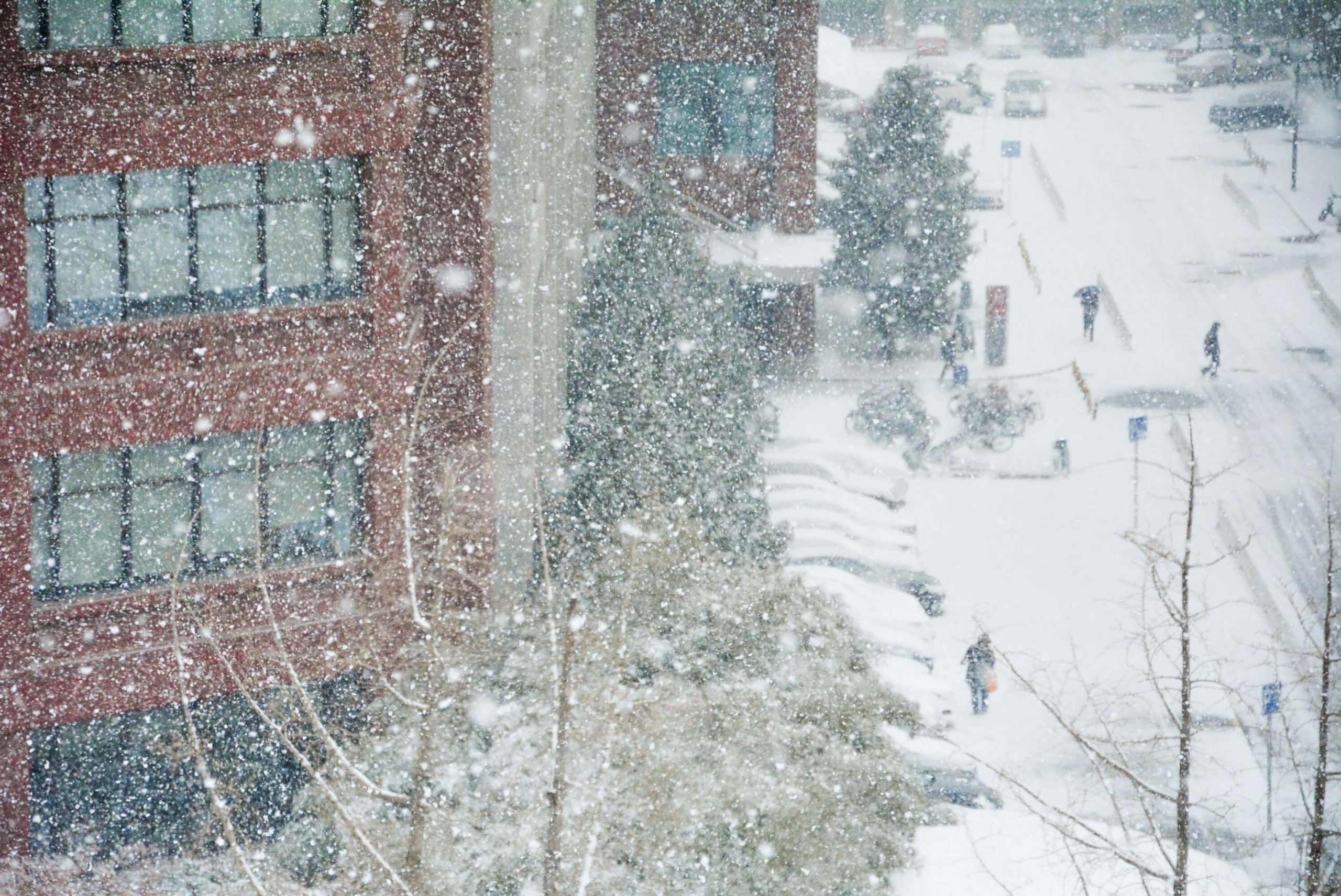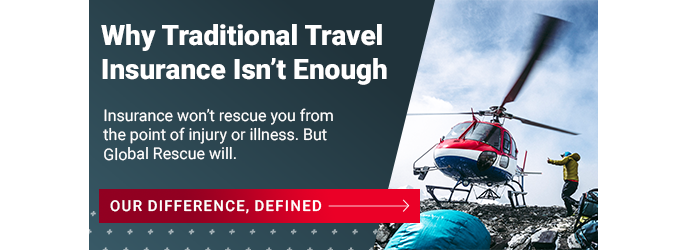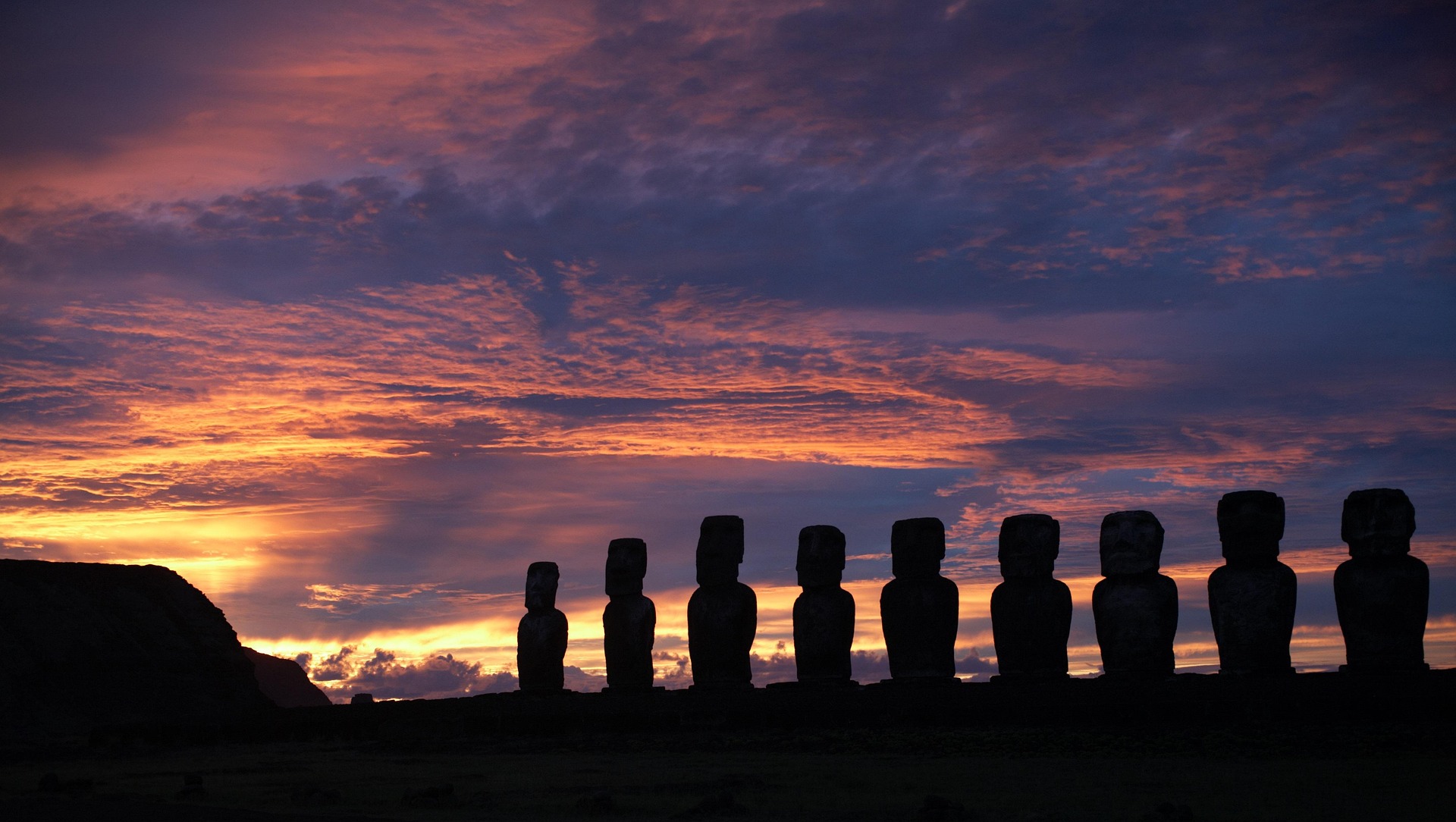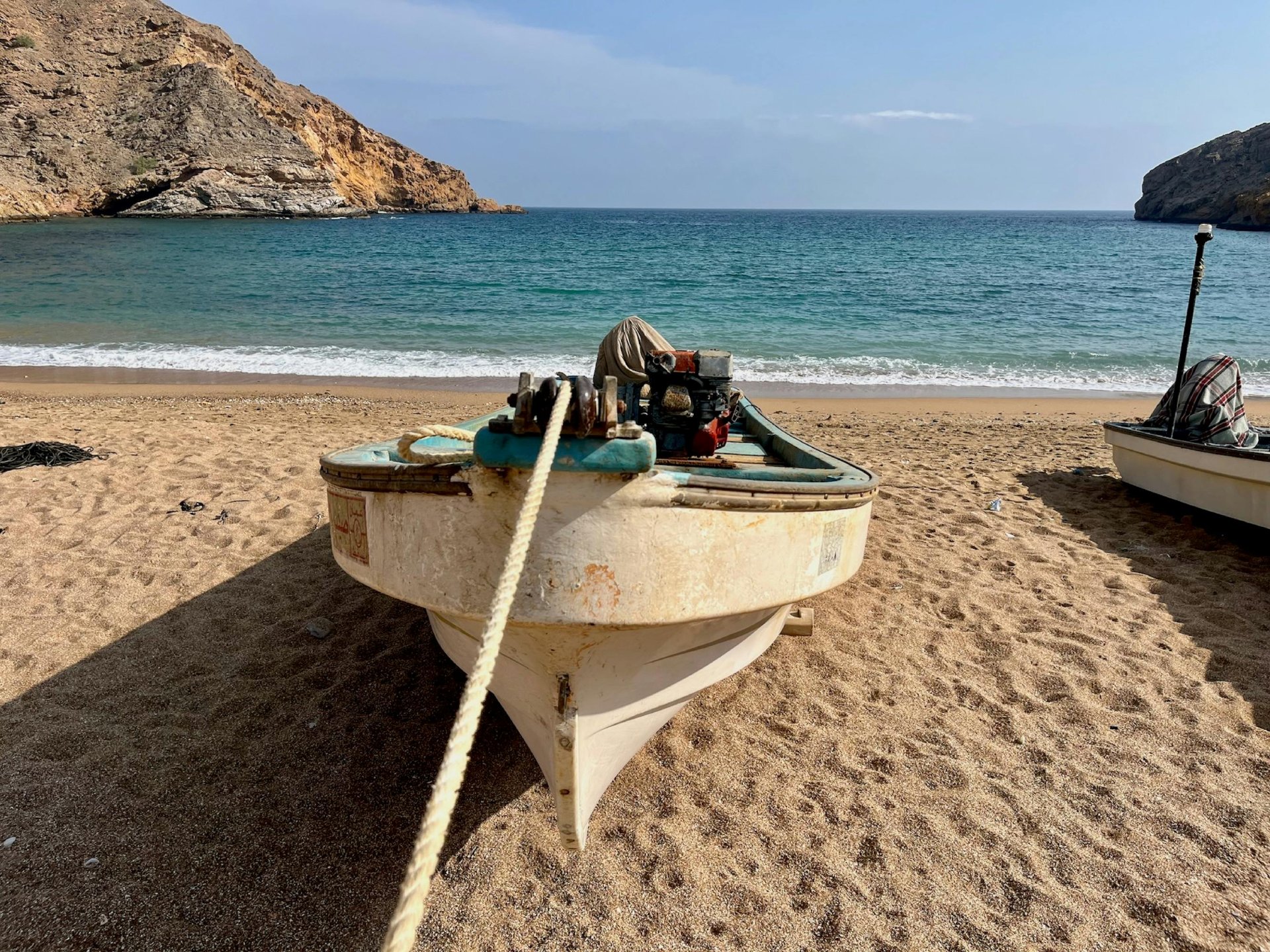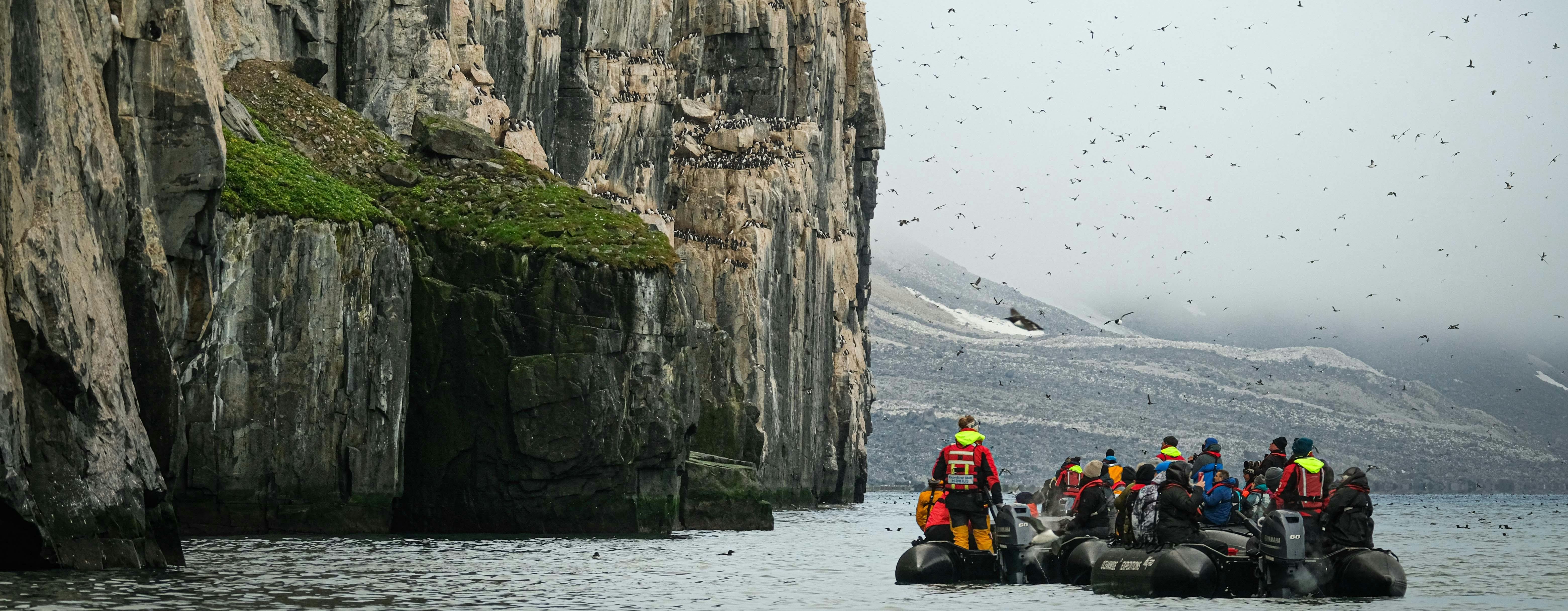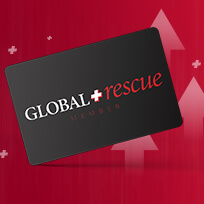How to stay safe during a blizzard? With snow and cold temperatures, it’s not easy to plan for blizzard safety when you’re traveling. Global Rescue has some blizzard safety tips.
Here in New Hampshire, where Global Rescue is headquartered, New Englanders know how to stay safe during a blizzard. Mother Nature starts her antics as early as Halloween and continues the flurries as late as April.
It’s easy to plan for a blizzard — a snowstorm with heavy snow and extremely cold temperatures — when you’re at home, but not so simple when you are traveling. And it’s also not so simple when the polar vortex splits in two and causes severe winter weather with slow-moving storms, according to The Washington Post.
Every location will see different events, but weather forecasters are predicting classic nor’easters in the Mid-Atlantic and Northeast, similar to the winters of 1978, 2009-10 and 2013, as well as severe cold outbreaks in Northern Europe.
Global Rescue has worked with worldwide field rescue companies providing emergency medical services in snowy environments from Alaska to Canada to Switzerland to Nepal since 2004. Here are some blizzard safety tips from our Global Rescue experts.
Stay Inside
Yes, the white snow falling from the sky is beautiful. Enjoy it from the safety of your home. The American Red Cross suggests avoiding driving and other travel until conditions have improved. Listen to a NOAA Weather Radio for updated emergency information.
“Prepare ahead of the storm in case you are snowed in for a few days,” said Harding Bush, associate manager of operations at Global Rescue.
Stay Charged
Charge your cell phone, laptop and any back up power sources. Have extra batteries on hand for radios and flashlights.
[Related Reading: Global Rescue’s Best Survival Kit]
Dress Appropriately
The right attire, with multiple layers of clothing and proper footwear, will keep you warm and dry. Do your research before purchasing outerwear; garments should be tightly woven and water repellent. If anything gets wet or sweaty, change clothing to prevent loss of body heat.
Pack Your Car
There’s usually enough warning for a blizzard, but if you missed the weather forecast, make sure your car has an emergency kit for snow situations.
A tip from Matt Napiltonia, senior manager of operations at Global Rescue, bears repeating: dress the part with warm clothing.
“A lot of people commute to work and are not dressed for winter,” he said. “Keep extra layers in your car. It doesn’t take much to throw those items in the back.”
Bush recommends a warm parka, wool hat, warm waterproof mittens and winter boots. If you have a longer commute, keep hand and foot warmers in the glove box and a sleeping bag or blanket in the trunk.
Know the Signs
Know how your body loses heat and know what to do to stay warm. Also know the early warning signs of frostbite and hypothermia, how to prevent it and how to treat it.
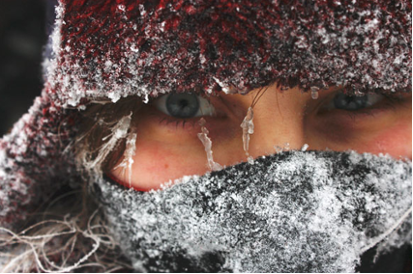
[Related Reading: Cold Weather Camping Safety Advice]
Outside Safety Checklist
It’s a different story if you’re traveling abroad and you get caught in a blizzard while hiking, climbing, skiing or snowboarding. There’s no way to limit your time outside, but there are ways to ensure survival. Keep these eight blizzard survival tips in mind if you’re vacationing in snowy destinations:
- Stay calm. Stop and think about what resources you have, observe your surroundings and orient yourself with landmarks and plan. Field & Stream offers a snow survival quiz.
- Stay hydrated to ensure your extremities are receiving warm, oxygenated blood. Learn more about frostbite and hypothermia and the warning signs here.
- Cover your mouth to protect your lungs from sub-zero temperature air. If you have a pre-existing condition, like asthma or bronchitis, the cold, dry air may irritate your airways. If you do not have a scarf, breathe in through your nose and out through your mouth.
- Wiggle your fingers and toes, clap your hands, bend and unbend your arms. These small movements and stretches will keep circulation moving. Try not to break a sweat as wet clothes absorb body heat.
- If you can’t hike (or ski) to safety, build a shelter out of snow or make a lean-to out of whatever materials you have. Even huddling under the low-hanging branches of tree will provide some protection from the elements.
- Always pack an insulated ground pad. Sit on your backpack if you don’t have a pad. Sitting or sleeping directly on the snowy ground will also rob you of body heat.
- Melt snow. Eating snow will reduce your core temperature and put you at risk for hypothermia. Always carry a portable stove and small pot for melting snow or boiling water with in the backcountry during winter. You should also have the ability to start a small fire for warming, melting snow and signaling for help.
- If you are venturing into avalanche terrain, get appropriate training on avalanche safety before your trip.
- FEMA offers additional advice on how to plan for a blizzard on their website, including this Winter Storm Info Sheet.
Whether you’re seeking outdoor advice, like blizzard safety tips, or immediate medical or security assistance, Global Rescue operations centers are staffed 24/7/365 to assist members. Click here to contact us about the benefits of membership.

